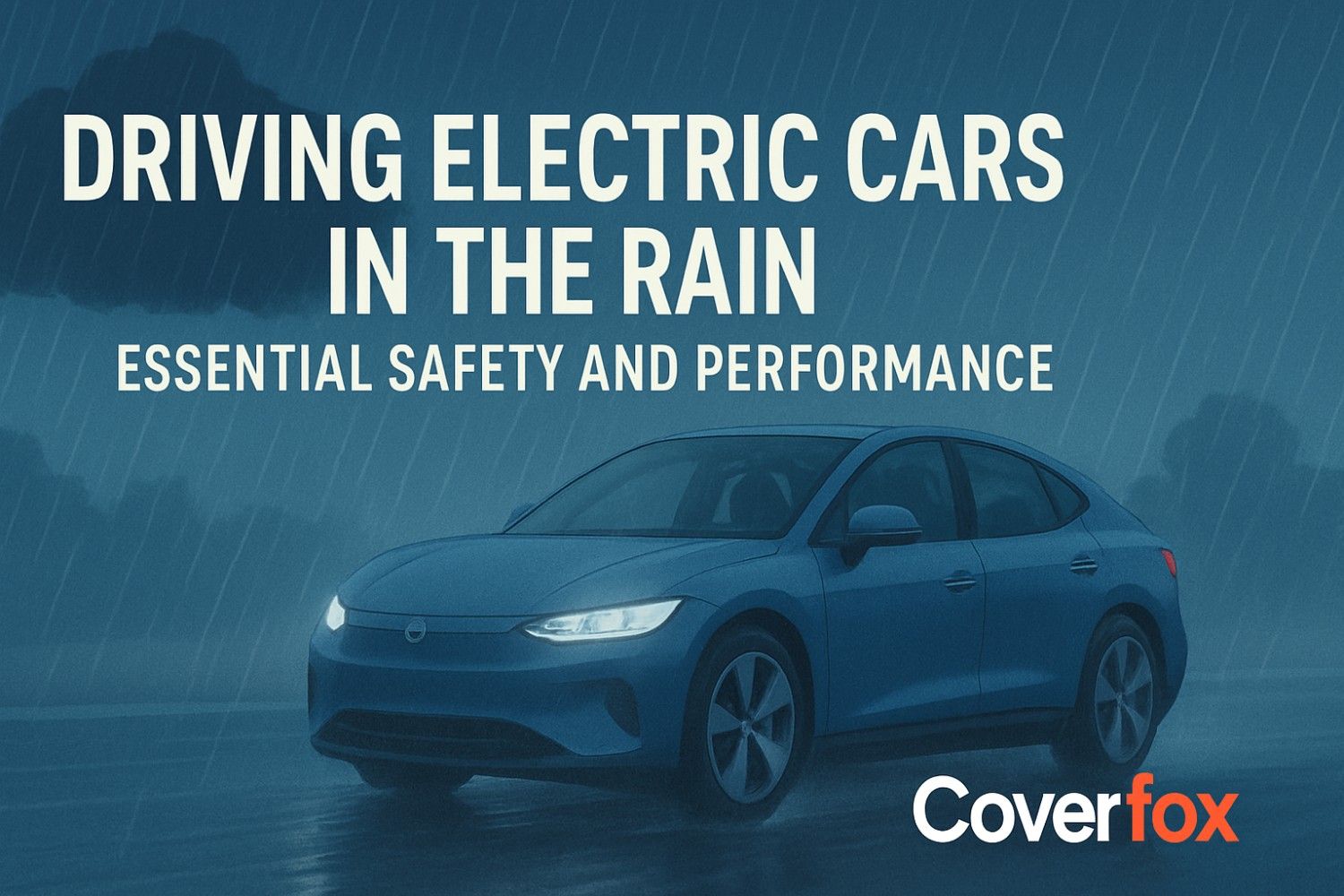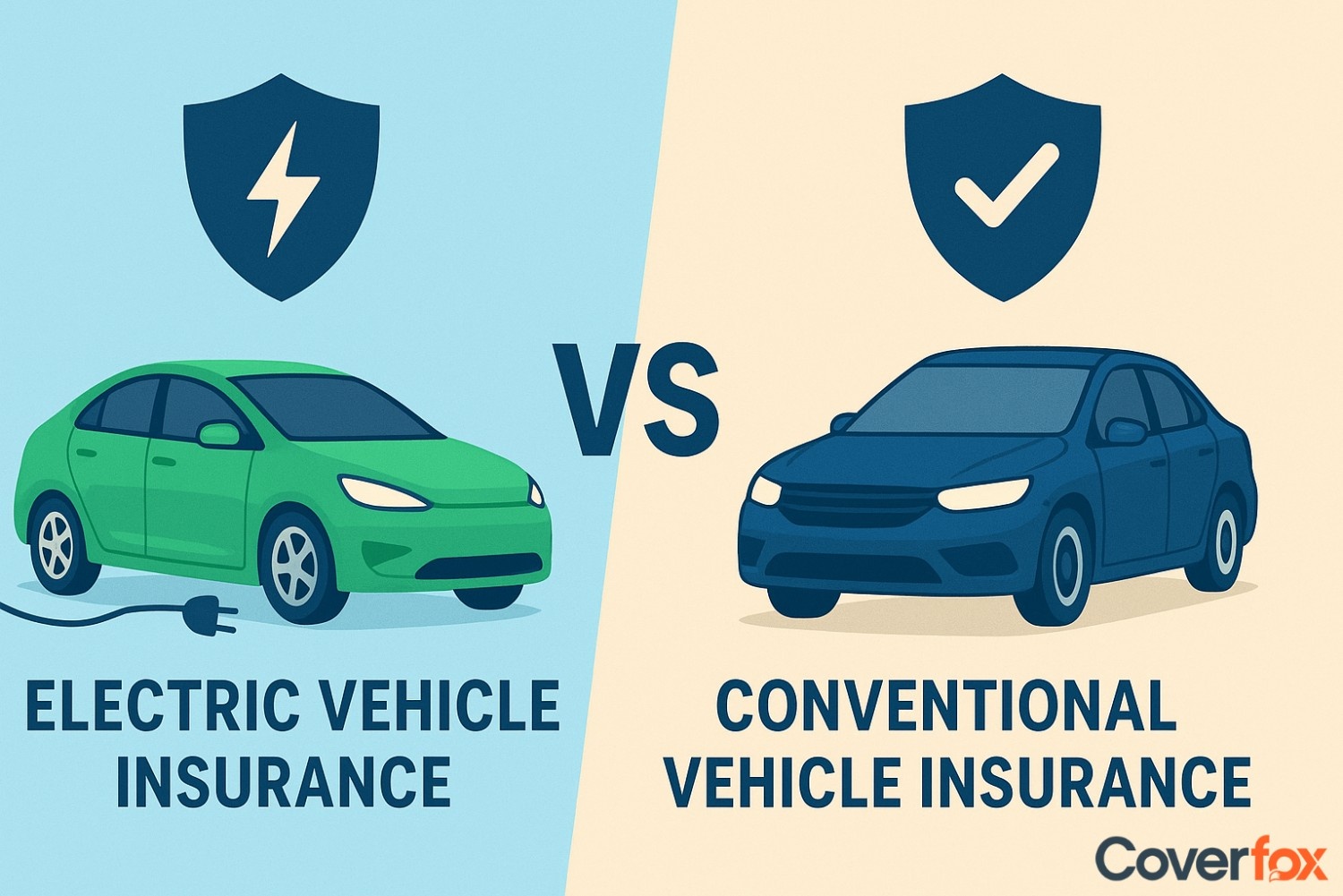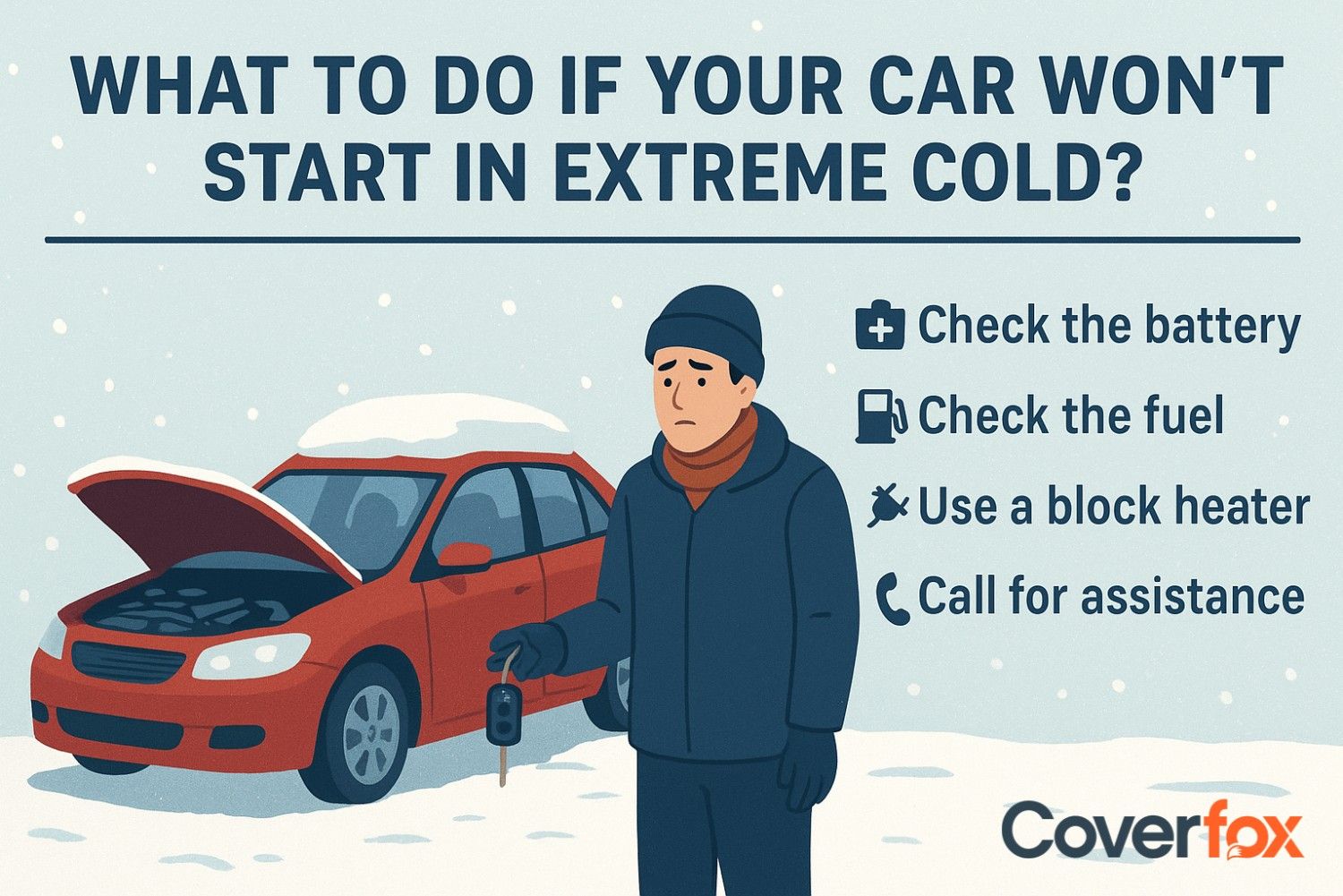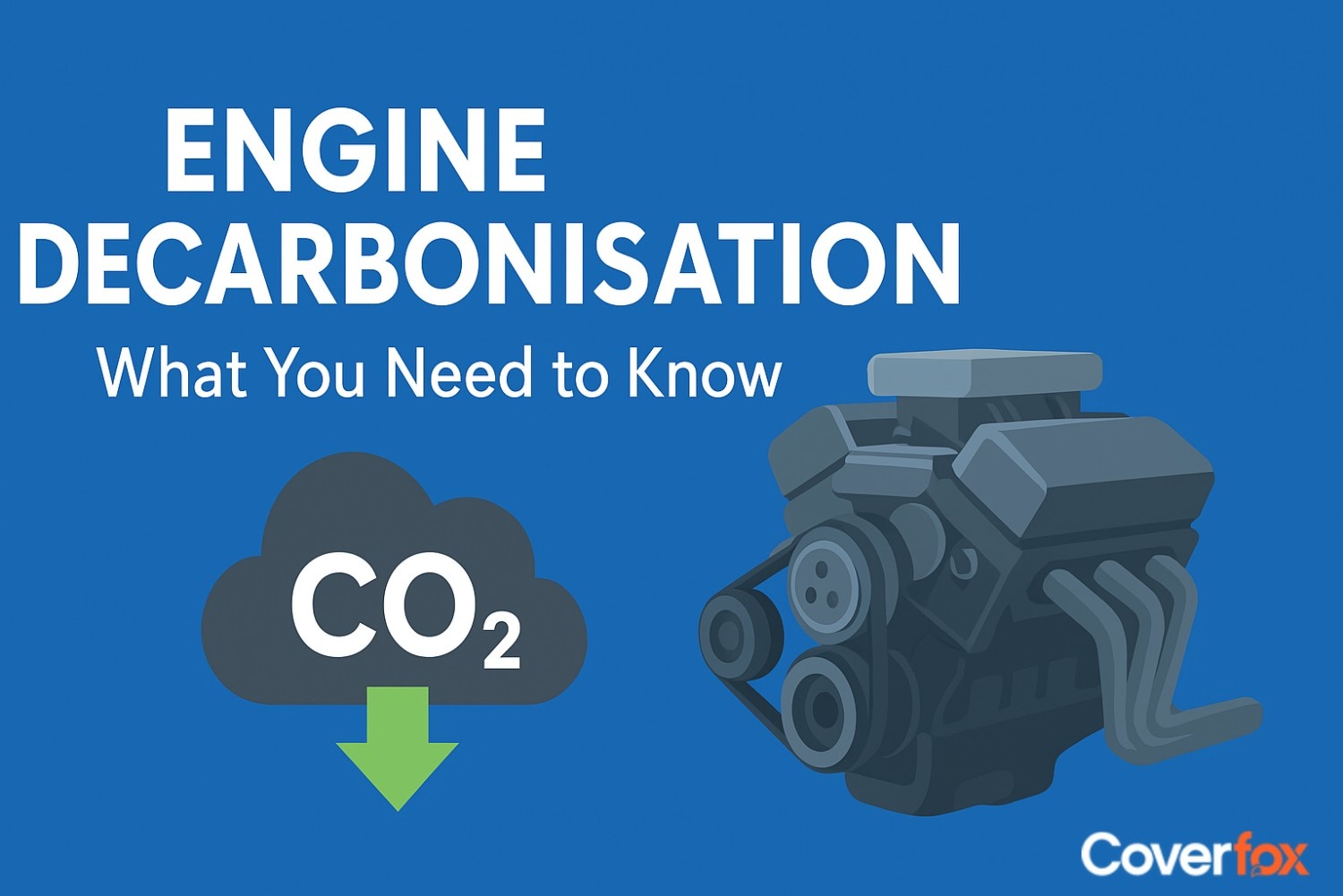Electric cars are the new deal of the car manufacturing industry. But, it has raised a few questions amongst the new buyers like – Scared of driving your EV in the rain? Worried if your electric car will malfunction or get damaged due to rainwater? Or just confused about whether you should drive your electric car in the rain or not?

To get the answers to all these questions, we have the right article for you. Read till the end to understand key insights about driving EVs in the rain.
Are Electric Cars Safe to Drive in the Rain?
Yes, electric cars are completely safe to drive in the rain. They are designed with sealed battery packs, waterproof connectors, and insulated high-voltage components that prevent water seepage. Just like conventional cars, EVs go through strict safety tests to ensure performance in wet conditions. The electrical systems are protected against short circuits, and the underbody is designed to resist splashes and puddles. Modern EVs also follow international safety standards (like IP ratings) to ensure protection from rainwater. So, whether it’s light showers or heavy downpours, electric cars remain safe and reliable on the road.
Driving Electric Cars During Rain and Flooding
While driving your EVs in the rain is generally safe, extreme downpours or flooding can actually pose some threat to your car. Here are some risks that are involved with electric cars during heavy rainfalls:
Battery Damage Risk
Motor and Electronics Exposure
Reduced Braking Efficiency
Hydroplaning
Electrical System Safety Measures
If your EV is submerged in deep floodwater, it may compromise the battery casing, leading to performance or safety issues.
Though sealed, extreme flooding can still affect sensors, wiring, or connectors just like in any other car.
Waterlogged brakes can increase stopping distance and reduce control.
Like any car, EVs can skid if tyres lose grip on waterlogged roads.
While EVs shut down automatically in extreme cases, this can leave you stranded in unsafe conditions.
How to Safely Navigate Through Flooded Areas
Driving through flooded areas can be dangerous if proper precautions aren't taken. Follow these essential tips to ensure your safety and protect your vehicle during such conditions.
1. Assess Depth Before Entering
Avoid driving if the water level is above the tyre midpoint.
2. Drive Slowly and Steadily
Maintain a low speed to prevent water splashes from entering sensitive areas.
3. Keep Momentum Consistent
Do not stop mid-way; a steady pace helps avoid stalling.
4. Avoid Other Vehicles’ Wakes
Large splashes from nearby vehicles can force water into vital components.
5. Test Brakes After Crossing
Gently press the brakes to dry and restore normal functioning.
6. Stay Away from Deep Floods
If water appears too deep, it’s always safer to stop and take an alternate route.
How does EV have an Edge Over a Normal Car in the Rain?
Electric Vehicles (EVs) are engineered with advanced waterproofing and stability features, making them highly reliable even in wet and rainy conditions. Unlike conventional petrol or diesel cars, EVs are less vulnerable to issues like stalling, skidding, or exhaust blockage during heavy showers.
Better Stability
Waterproof Components
Controlled Braking
No Exhaust Issues
Instant Torque with Traction Systems
EVs have a lower centre of gravity due to battery placement, making them less prone to skidding than normal cars.
EV motors and batteries are sealed and designed to resist water, while combustion engines risk stalling if water enters the exhaust or air intake.
Regenerative braking in EVs provides smoother deceleration, whereas normal cars rely solely on mechanical brakes that can be less effective on slippery roads.
EVs don’t have exhaust pipes that can flood, a common risk in petrol or diesel cars during heavy rains.
EVs deliver controlled torque with advanced traction and stability systems, reducing wheel spin compared to normal cars.
Regenerative Braking and Rain
Regenerative braking in EVs works by using the electric motor to slow the car and feed energy back into the battery. While it generally enhances efficiency and control, wet road conditions can influence how it performs.
1. Reduced Grip
On slippery surfaces, sudden regen braking can cause wheel slip, so many EVs automatically reduce regen strength in rain.
2. System Adjustment
Modern EVs use sensors and traction control to adjust regen intensity, ensuring stability.
3. Longer Stopping Distances
Since regen braking is less aggressive in wet conditions, the car may rely more on conventional brakes, slightly increasing stopping distance.
4. Driver Control
Some EVs allow drivers to manually lower regen levels during rain for smoother handling.
Will Rain Impact My EV’s Range?
Yes, rain can slightly impact your EV’s range, though modern electric cars are designed to minimise the effect. Here’s how rain can impact your EV’s range:
Increased Rolling Resistance
Heavier Use of Wipers, Lights, and AC
Colder, Damp Weather
Traffic Slowdowns
Wet roads create more friction, making the car use more energy.
These accessories draw additional power from the battery.
Batteries are less efficient in cooler, rainy conditions, which can lower the range.
Rain often leads to congested roads, causing more stop-start driving and energy use.
How Waterproof are the EV Batteries and High-voltage Components?
As discussed earlier, EVs are made with advanced tech and have the best protection available for your EV batteries and other high-voltage components. They have the following waterproofing measures:
Sealed Battery Packs
Insulated High-voltage Wiring
Water-resistant Charging Ports
Stringent Testing
EV batteries are enclosed in tightly sealed casings that meet high waterproof standards like IP67 or IP68, meaning they can withstand submersion in water for a limited time.
All cables and connectors are heavily insulated to prevent short circuits or leakage.
Designed with protective flaps and seals, ensuring safe charging even in wet environments.
Manufacturers test EVs under simulated rain and flooding conditions before launch.
Charging in the Rain: Is It Safe to Plug In?
Yes, charging an EV in the rain is completely safe. Both the charging station and your EV are designed with waterproofing and safety mechanisms to prevent any electrical hazards. Although it is recommended that you keep the charging station in a dry area, here’s how these stations are protected:
1. Weatherproof Charging Ports
Equipped with protective seals and flaps to block rainwater.
2. Automatic Power Cut-off
Charging won’t begin until the connector is securely locked in place.
3. IP-rated Connectors
Designed to withstand rain, dust, and moisture without leakage.
4. Ground-fault Protection
Instantly cuts power if any abnormal current is detected.
Visibility and Driver Assistance Systems
Modern EVs and cars are equipped with advanced driver assistance systems (ADAS) that play a crucial role in maintaining safety during rainy conditions when visibility is often reduced. They have:
- Automatic Headlamps: Adjust brightness based on light and weather conditions.
- Rain-Sensing Wipers: Activate and vary speed according to rainfall intensity.
- Rear-view Cameras & Sensors: Provide better awareness when mirrors and windows fog up.
- Lane Keep & Collision Warning: Help drivers stay safe even when visibility is poor.
- These systems ensure that even in heavy rain, drivers have enhanced awareness and control on the road.
Final Thoughts
EVs and electric cars are equipped with the best protection possible from the rain. Of course, it is not made to withstand a flood, but you can very well drive your EV in the rain. To avoid any vehicular damage or cover any damage that has been incurred due to rain, make sure your car insurance policy has add-ons like Zero depreciation for the car and Engine protection cover for the car. Electric car insurance is essential to ensure complete protection against weather-related damages. Do not worry about electrical failures or damage, as most EVs are heavily tested for driving in wet conditions.
Explore More:
Safety Measures for Driving an Electric Car in the Rain
How to Get Rid Of Mould In Your Car During The Monsoon
Car Insurance Important During Monsoon Time?
Frequently Asked Questions
Is it safe to drive an EV in the rain?
Yes, EVs are completely safe to drive in the rain as their components are sealed and designed to handle wet conditions.
Is it safe to charge an EV in the rain?
Yes, charging is safe since connectors are insulated and waterproof, preventing any risk of shock.
Can EV batteries get wet?
No, batteries are enclosed in protective casings that keep out water and moisture.
How waterproof are EV batteries and components?
They are engineered with high IP ratings, making them resistant to water ingress, even in heavy rain.
Will driving in the rain reduce my EV’s range?
Slightly, yes. Rain increases rolling resistance and often requires AC use, which can lower the range.
Is it safe to drive an EV through floodwaters?
It’s not recommended. Floodwater can damage any vehicle, including EVs, and may affect electronics if levels are too high.
Do rain or water affect EV sensors and driver-assist features?
Heavy rain can temporarily limit sensor accuracy (like cameras or radar), but systems are designed to self-correct.
Do I need to do special maintenance for my EV during the rainy season?
No special maintenance, but regular checks of tyres, brakes, wipers, and sealing around ports are advised.





